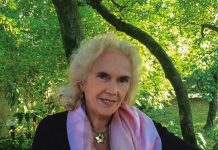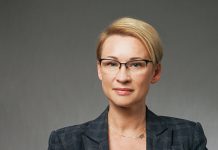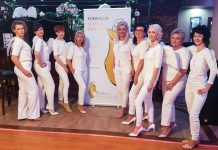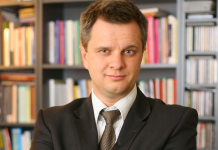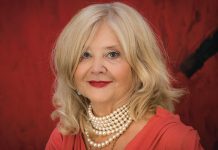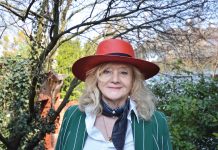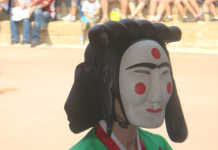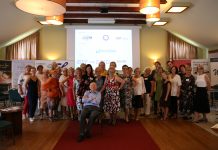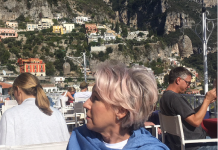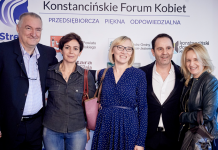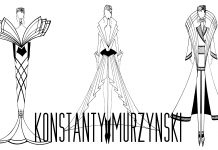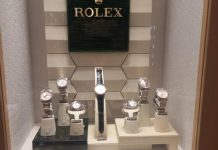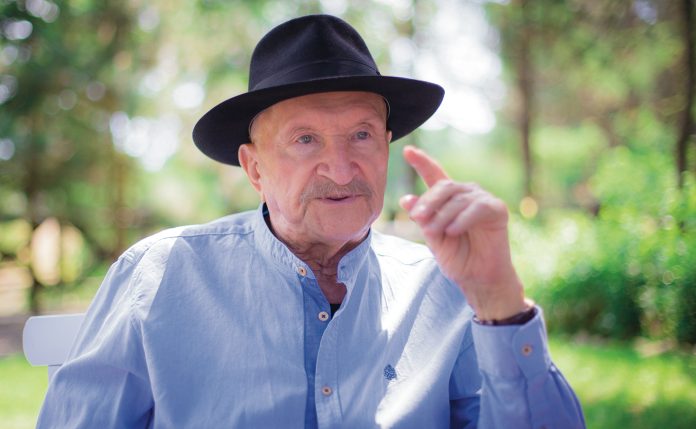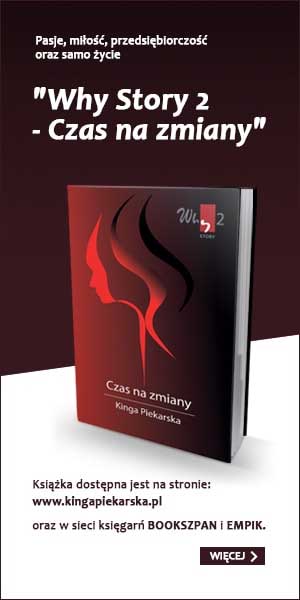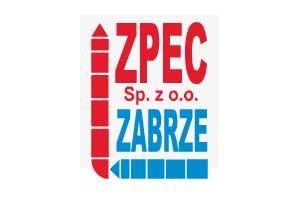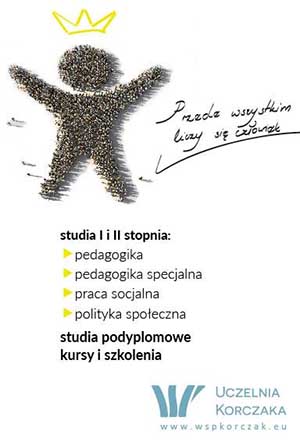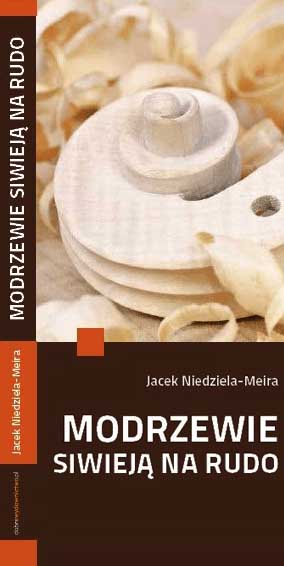Marian Murawski belongs to the honourable group of artists acknowledged as GREAT. Great becomes a creator who, thanks to his talent, brings novum in arts. Just like Marian Murawski. Nobody painted like him.
Introduction
He was born in the Suwałki region and drew inspiration and creative strength from it…
passed away in 2022. Humble, he did not seek acclaim, he toiled for arts and people.
Marian Murawski created a modern style of illustration as an independent, word-inspired work of art – painting – as the famous writer W. Myśliwski said. He found his own unique way, thus, in monumental easel painting, in Polish and European movements, he was like a tree by the lively, vibrant water – the title of the first artwork after his return to painting in 1987, “Vibrant Water” – like a tree bearing good fruit for the rest of life.
He walked through life with dignity together with his only companion, his artist wife, fine art painter, Elżbieta Murawska.
Compiled by Larysa Jaromska, the daughter
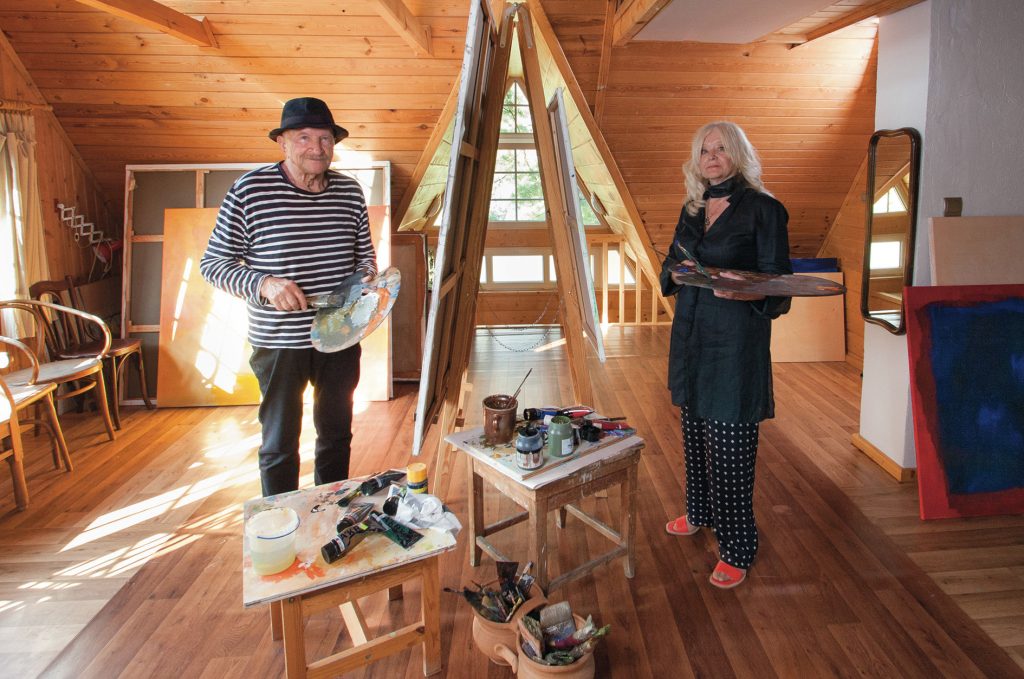
We interview Elżbieta and Marian Murawski – outstanding fine art painters, graphic artists and book illustrators, winners of the titles Beautiful Fiftysomethings, Charismatic Woman and Leader by Vocation in the Leader of the 21st Century category. Mr Marian Murawski was awarded Gloria Artis – the Gold Medal for Merit to Culture – in 2022 for his lifetime achievements.
We invite you to read the latest interview the Artist managed to give exclusively for WHY Story Readers. On March 3, 2022, at the headquarters of the Association of Polish Artists and Designers, a painting exhibition of the late Marian Murawski was held under the WHY Story patronage, the next one will take place on August 5, in Suwałki, yet, in 2023, there are also planned USA vernissages.
You were awarded Gloria Artis – the Gold Medal for Merit to Culture, by the Ministry of Culture and National Heritage for your lifetime achievements. Please tell us how old you were when painted your first painting?
Marian Murawski: It wasn’t a painting, but a drawing. I attended the first grade of primary school, and the teacher, upon seeing my work, said: you are going to make a great artist. From then on, I drew again and again, usually in sanguine crayon, portraying teachers and Polish heroes: Tadeusz Kościuszko, Bartosz Głowacki and others whose bravery and strength I admired. When my classmates didn’t do their homework, in order to avoid blundering and to fill the lesson time, they often asked me to draw with chalk on the blackboard during the break.
You were made an Honorary Citizen of Suwałki, are you from the Suwałki Lake District?
MM: I was born in Podleszczewo, near Suwałki. My family lived in Vilnius, but then had to move to Podleszczewo. We had a very nice manor house there. Elżunia, please bring the album. First we lived on the ground floor, and then upstairs, because my mum didn’t like the downstairs. We spent 10 years there. Do you see these trees? They’re hornbeams, the manager cut them down because they were blocking his vegetable garden. This is a photo from the first years of the German occupation – me barefoot, my dad, older brother. And here when I was in the army – 6 months, the military service was compulsory at the time.
Elżbieta Murawska: My husband used to be really handsome in his youth, tall, blonde hair ….

Where did you go to school after the war?
MM: My older sister’s husband was drafted into the army in Szczecin and so they moved there. My sister persuaded me to come and study at a grammar school there. Then I went to the energy high school and took a little maturity exam. At school I painted decorations for various ceremonies and the teachers persuaded me to move to the high school of arts. I had to pass the 4th grade exam, this high school was 5 years long. The headmaster was Mr. Mazurkiewicz, a pupil of Jacek Malczewski, and he saw talent in me, thanks to him I became a painter. However, when his wife died, he left for Krakow. His deputy only liked girls and removed all the boys from the class. I was the last to be removed, but then Countess Poninska, educated in Gdansk and Naples, took over as headmistress. The first thing she did was to ask us to draw a portrayal. We spread the drawings out on the floor, the headmistress stopped by mine and asked: who drew this? I shuddered with fear, thought I was done for and heard: and you were going to be thrown out? After all, this is the best portrait. I graduated from high school in Szczecin with honours and entered the Academy of Fine Arts in Warsaw.
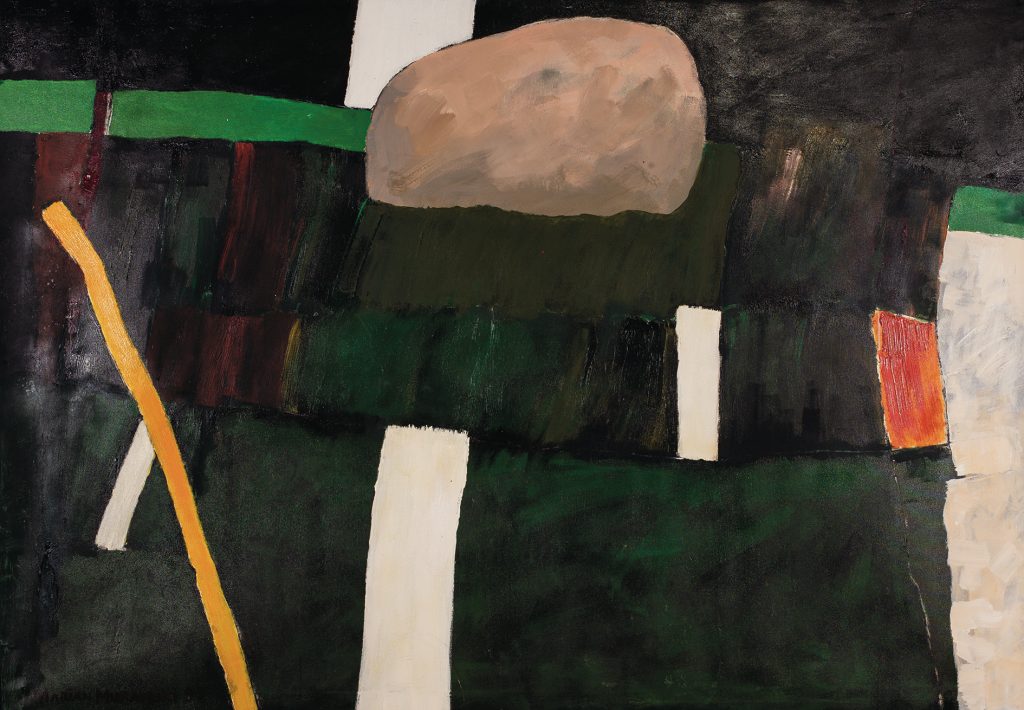
Mrs Murawska, what age were you at when you met your future husband?
EM: When I matriculated at the Academy of Fine Arts I was 16, it seems unbelievable now, but primary school was six years back then and four years of high school.
MM: I noticed Elizabeth when I was in my first year at the ASP. She was attending an art centre class and one time she came with a group to watch us work. I looked over and there was such a nice girl, with a beautiful braid. I already knew her name was Radwan-Krotkiewska, because a friend from my year had attended the same art centre before and knew her. We didn’t meet during the exams, but I looked at her work. I saw such a beautiful drawing depicting a marketplace in Kazimierz on the Vistula River and I thought that this person would surely get in.
EM: I used to go to Kazimierz every year during my school years for holidays with my mother and grandmother, to visit my relative Berens.
MM: I studied applied graphics in Józef Mroszczak’s studio and painting in Wojciech Fangor’s studio, while Elżbieta studied graphic design in Henryk Tomaszewski’s studio. She created beautiful posters which she was awarded for. I was fascinated and inspired by Fangor’s painting, he introduced something completely different, I owe him a lot.
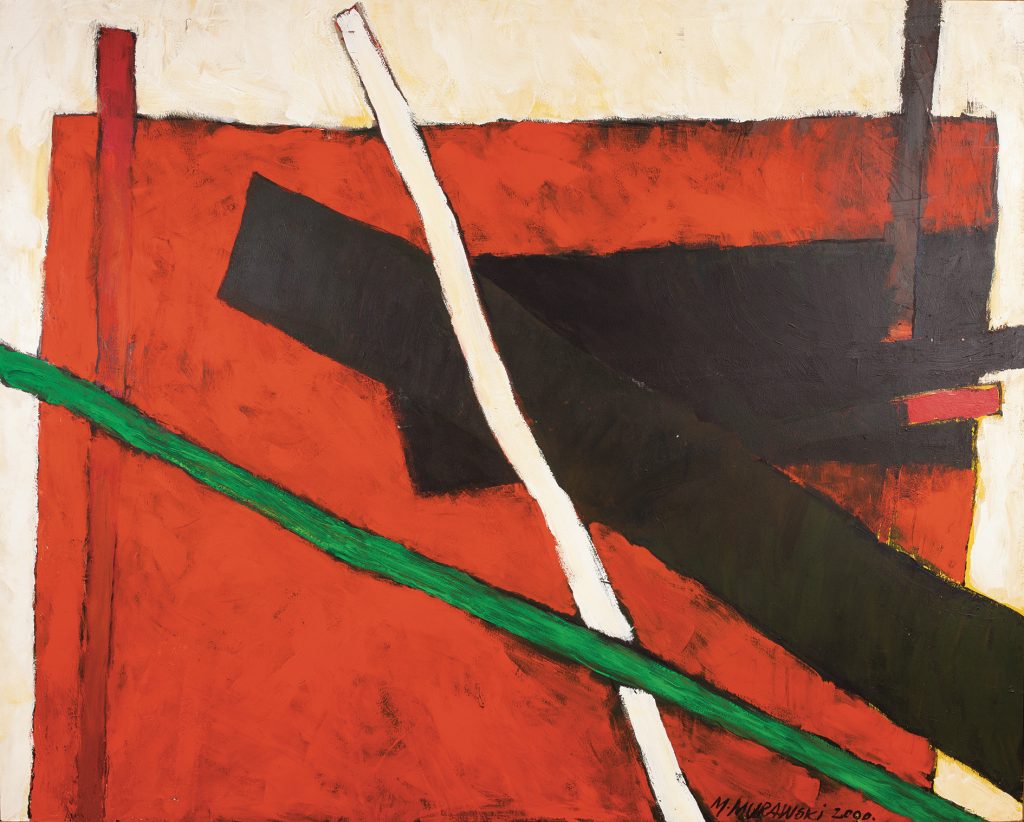
Were you already painting during your studies?
EM: We had no conditions, no flat, no studio, nowhere to paint.
MM: Elisabeth, there were plein-air painting workshops in Masuria, I painted a lot after the first year. After the second year, we attended the plein air together in the countryside, playing and going for walks in the pea fields to taste a bit of its freshness. Take a look at this photo: these are crazy painters, twin sisters Bożena and Alicja Wahlówny. My first postgraduate painting was shown in the Zachęta Gallery.
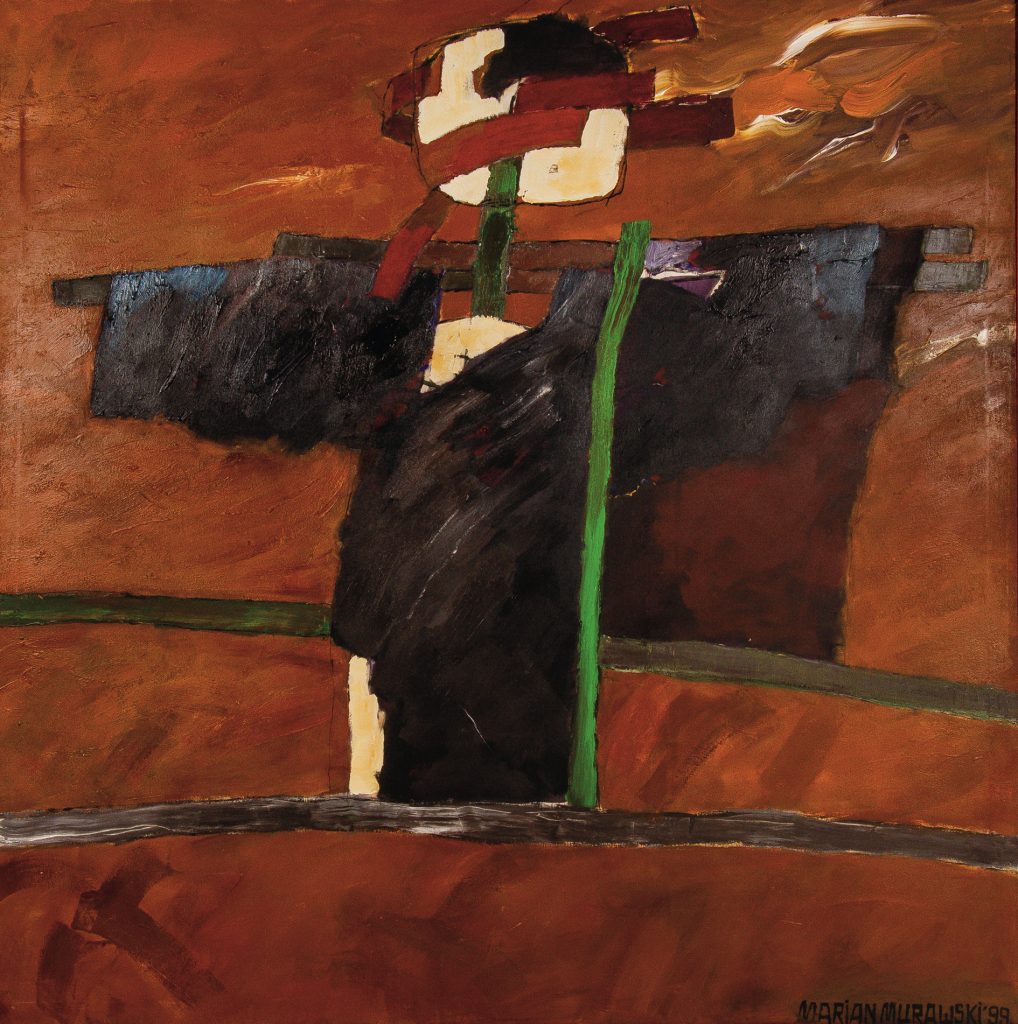
After graduating from the Academy of Fine Arts, you started working at the university. For how long?
MM: 4 years. I was an assistant in Professor Józef Moszczanek’s studio. I wasn’t earning much, I didn’t have a flat or a studio, and two daughters were born. I gave up when I got a well-paid non-artistic job. I painted advertisements on the walls of townhouses. I made a lot of money and bought a 15-square-metre room on the third floor without a lift, at 3 Akademicka Street. Elisabeth would get books to illustrate, we drew day and night. One book we did together: “A Gust of Painted Wind” by Voroshilsky, and we got the Golden Apple during the first World Biennale of Illustration in Bratislava.
EM: I will say without false modesty that this book, published by Nasza Księgarnia, was something new, we were describing 3 lands in visual language. We created visual symbols for the military and musical lands. Take a look at this illustration by Marian for a book by Michal Wyszomirski, I love it: it shows a train, one boy with a big ear, it had a political meaning at one time.

I remember “Kidnapping in Tiuturlistan” from my childhood, I even have kept the book until now because I was intrigued by your illustrations, which were also awarded, by the way.
MM: Both Elisabeth and I received many awards – i.e. for our illustrations of the Brothers Grimm Fairy Tales – and there was some money from that. Elisabeth illustrated more than 100 books, and I showed 250 works at one exhibition. And we had exhibitions all over the world, from the Pompidou Centre in Paris to New York, Tokyo, Mexico, São Paulo, Moscow, London or Tel Aviv. I was congratulated and told that I transformed illustrations into works of art. In 1980 we were to have an exhibition in Berlin, look at this picture of my wife: red devils pulling a tired face. The ministry thought it was a political allusion and didn’t send our artworks.
EM: We once had an exhibition in Italy, there was a terrible heat, so the galleries were open until 2am. Everyone raved about Marian’s illustrations, ‘from the far sad North’. They made a really peculiar atmosphere. Another time I went to Sweden and took some of my husband’s paintings with me, I sold them all, although they were abstract.
You gained recognition internationally and became a lecturer in illustration and book graphics at the Instituto Cubano del Libro in Havana.
MM: And then I stopped doing illustrations because there were political revolutions at Nasza Księgarnia and Ludowa Spółdzielnia Wydawnicza, which I worked with. New people came in but we didn’t get on. I took up easel, large-format, oil and acrylic painting. I showed paintings domestically and abroad.
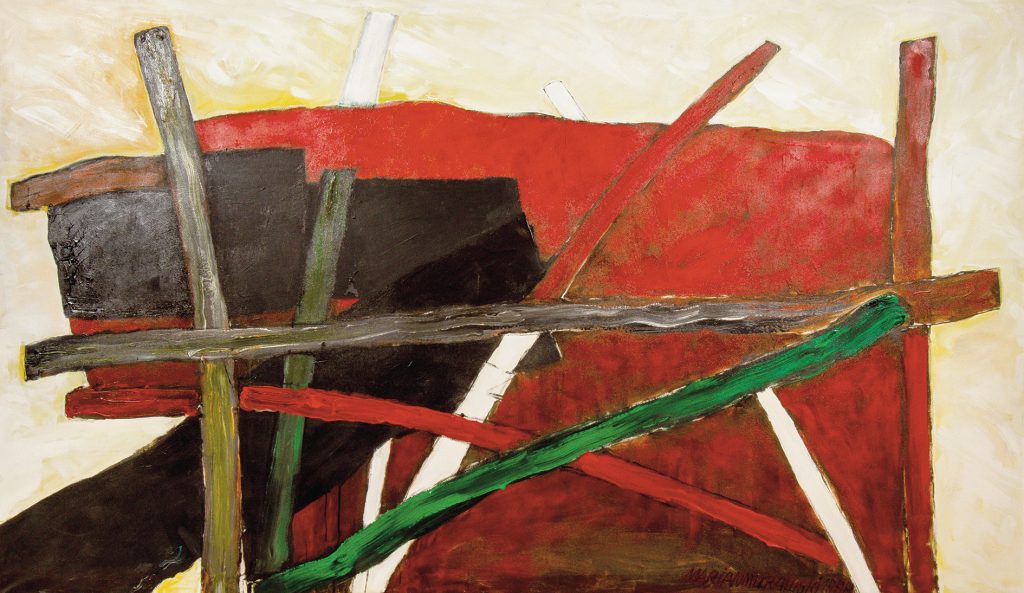
In your paintings, you draw inspiration from the Suwałki region, its folklore and folk art, bringing fences and scarecrows to life, creating hybrid ‘kukłady’ figures that emanate human emotions. Which of your paintings do you like best?
MM: „Byk rasy polskiej czerwonej”, semi-abstract, I will show you: 2 x 2.5 m. I also like the „Szczeblaty jeździec”.
And what are you most proud of?
MM: Of my wife, she is very cool and intelligent. At the Academy of Fine Arts, Professor Tomaszewski praised her a lot for her posters, and Jean Gabin was so impressed with one of her images that he asked Elisabeth to give it to him. I am also proud of my daughters – they are both painters, Beata lives in Italy and Larysa Marianna Jaromska in Poland, my grandchildren and great-grandchildren, that is, my family.
Ps. They are both educated, graduated from the Academy of Fine Arts with honours and are they are great painters.
Dorota Kolano
Beata Sekuła











